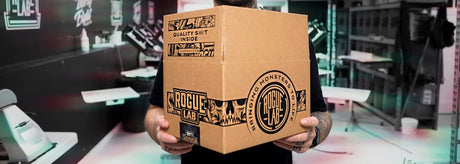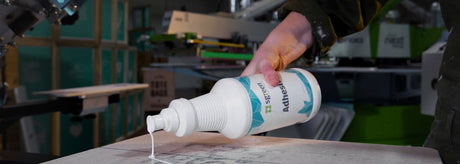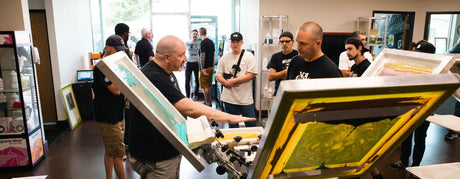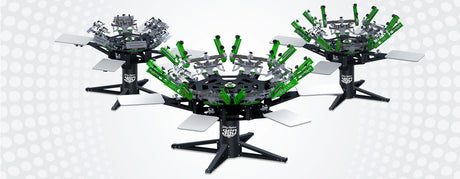
Equipment Loan vs. Equipment Lease: What Makes Sense For A Screen Printer?
Equipment financing can equip your business for success by keeping working capital in your hands. Paying cash for a piece of machinery requires paying in full before the machinery is...












